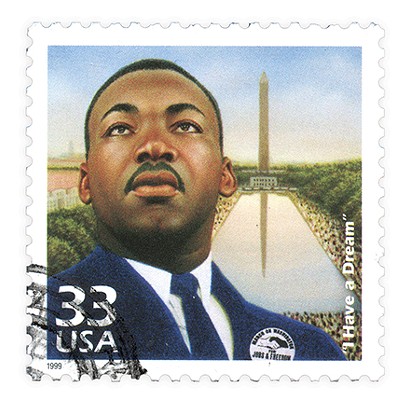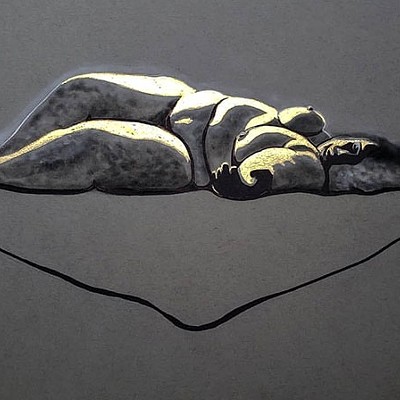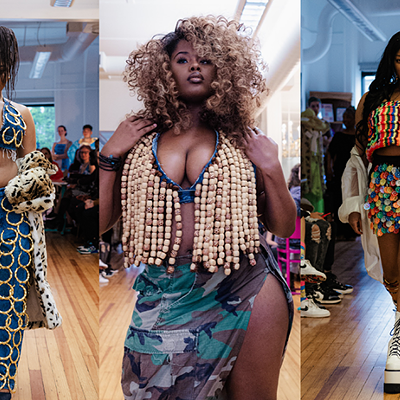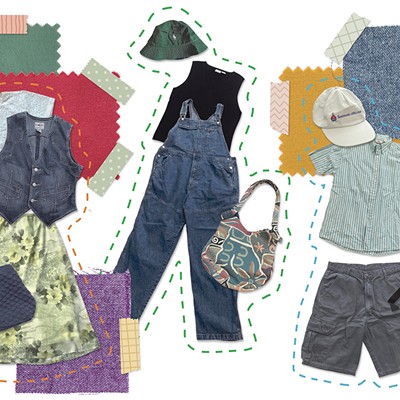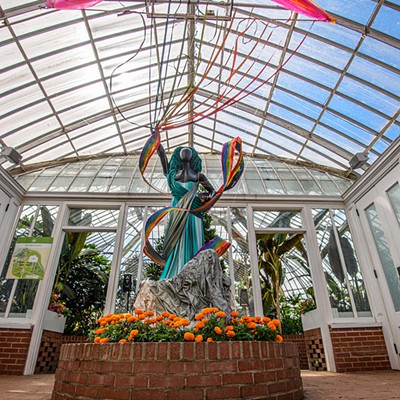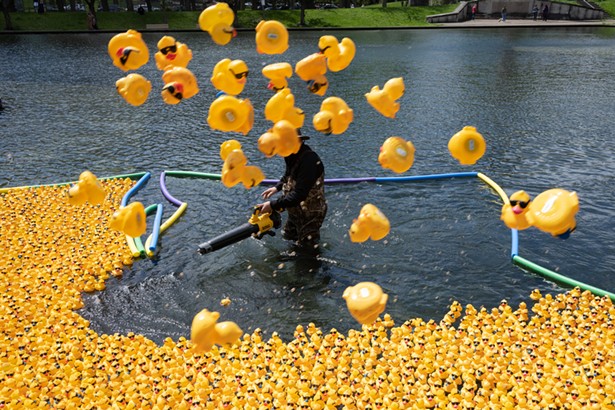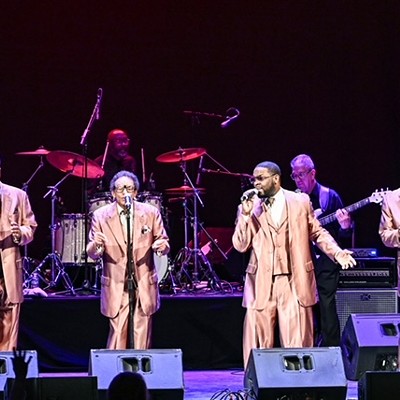
Imagine your favorite navy-blue t-shirt. Soft, well worn, the neckline stretched just enough, the sleeves tight to show off your muscles, or maybe it's loose, flowing perfectly as you walk, strut, move down the catwalk of life. It is cool; you’re cool.
But how did that shirt get to you? No, not where you bought it. Before that. It's an important question to ask because fashion and the production of clothing is the second leading polluting industry in the world. How? Let’s tell the story of how your t-shirt came to be and what you can do to make a change.
Traditional cotton requires pesticides and about 700 gallons of water to make one t-shirt. Those pesticides run off into the local water supplies, polluting the water for drinking, agricultural, livestock, and other uses. In fact, according to the World Bank, 20 percent of the global industrial water pollution came from the fashion industry in 2015.
Now we have to make the fabric blue. Most clothing is made with cheaper toxic dyes. With synthetic fabrics like polyester, additives are included so that the color adheres better to the fabric. And we are making so much of it. In an effort to feed what feels like an incurable desire for new clothes, since 2000, global production of clothing has doubled, creating those, “I got this a-maz-ing dress for $15!” moments.
But someone has to pay for our “cheap clothes.” It is the environment and the people who make the clothes. Eighty percent of garment workers are women, and these often low-wage, low-safety, and low-security jobs are so tenuous, organizations like Human Rights Watch and Walk Free Foundation (Global Slavery Index) are advocating for progress.
But we are still not finished. Every time you wash the t-shirt you are returning some of the toxins and micro-plastics into the water supply. So what can you do?
Take a cue for the ladies attending Renee Piechocki’s Sixth Annual Clothes Swap, see photo.
• Before you shop, swap: Clothing swaps are a win-win. Not only do you get to clear your closet of unworn items (it is estimated that we wear only about 20 percent of our wardrobe), you can get some “new to you” gear.
• Do the Time Warp, again: Shop vintage. One of the very best things about Pittsburgh is the amazing vintage stores in our area. Everything old is new again.
• 1. Wash clothes in cold water. Yep, they still get clean, and you’re using less energy. 2. Get a microfiber laundry bag to capture fibers from synthetic materials — all those yoga pants and football jerseys, in the bag. 3. Choose your laundry detergent carefully. Check out EWG.org for options.
• Shop Your Closet - Visit that lonely 80 percent of your wardrobe. Need inspiration? Open Instagram and Pinterest and search based on items in your closet, for example: “Burgundy tie, Grey suit.”
In summary: Reduce, buy less and reuse. Think of how to slay with what you already own or fix up what needs repairing. Recycle: Clothing swaps, vintage stores, and you and your friends/family’s closets.
Resources: fashionrevolution.org



